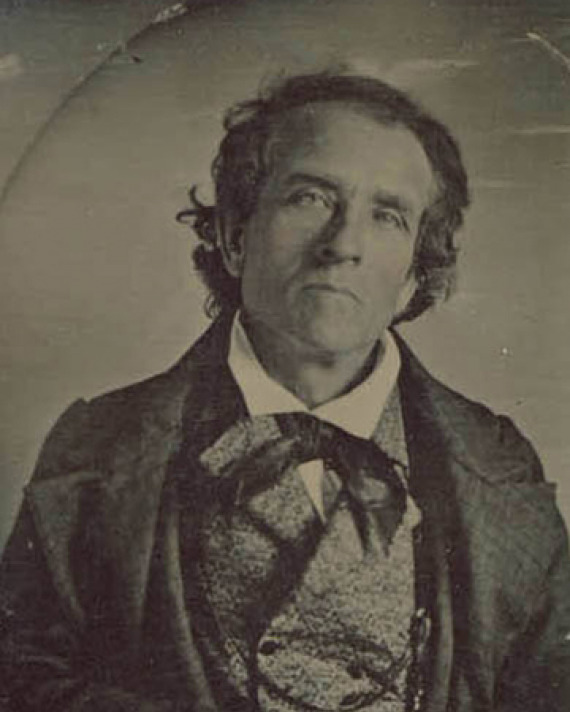
Theodore Dwight Weld
(1803 - 1895)
Born in Hampton, Connecticut, Theodore Dwight Weld left Oberlin College in 1834 to work with the American Anti-Slavery Society; his pamphlet Slavery as it Is was said to inspire Harriet Beecher Stowe. After marrying fellow abolitionist Angelina Grimké in 1838, he mostly retired from public life, although he briefly returned to Washington, DC, in 1841 to help Representative John Quincy Adams fight against the gag rule, which made it nearly impossible for antislavery petitions to get a hearing on the House floor. “Satan never retreats without a death struggle,” he wrote to his wife of his efforts at the U.S. Capitol, “and even when cast out by power omnipotent, it is not without the prostration of his victims. Like those of old they wallow foaming…Woe to abolitionists, if they dream that their work is well nigh done.”


